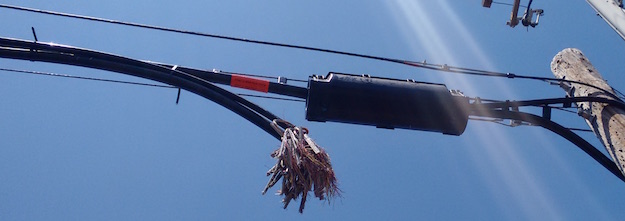
The U.S. cable industry’s broadband subscriber count grew by 1.7% in the last quarter of 2017, while telephone companies continued to lose customers. That’s the top line from a tally by FierceTelecom of 15 of the 16 largest Internet service providers (Wow Cable hasn’t reported yet, although check the link – FierceTelecom will be updating its numbers). It’s a trend that continued throughout 2017.
In total, cable companies added 918,000 Internet subscribers, while the telco loss was a bit more than 7,000 subs – negligible in terms of percentage, but a significantly bad result in a growing market.
There are six cable companies and nine telcos on the list, with Comcast topping the chart at 22.8 million broadband subscribers, and Charter close behind with 22.5 million subs. A more distant third place goes to AT&T with 14.3 million subs, and Verizon came fourth with 12.0 million subs. All four added to their broadband subscriber counts in the final three months of last year, but not at the same rate. The two top cable companies increased their customer base by 1.4%, while the two big telcos only grew by 0.5%.
Further down the list, telcos start showing losses. CenturyLink lost 90,000 subs, Frontier shed 62,000 subs and Windstream’s loss was 11,000 subs.
The reason cable companies are gaining while telcos, in aggregate, are losing customers – despite a 1.1% increase for the broadband industry (or at least the big dogs) as a whole – is clear. AT&T reported that it gained 95,000 broadband customers overall, but that includes a loss of 76,000 DSL subscribers. Frontier lost both subscribers on both DSL and fiber to the home systems, but the bleeding was much heavier on the copper side of the ledger.
Speed matters. Although cable-based Internet service is not uniformly excellent, it is virtually always better than DSL service telcos can offer. It’s better than the federal advanced services standard of 25 Mbps download and 3 Mbps upload speeds, which only the top tier of copper-based telco systems can touch.
